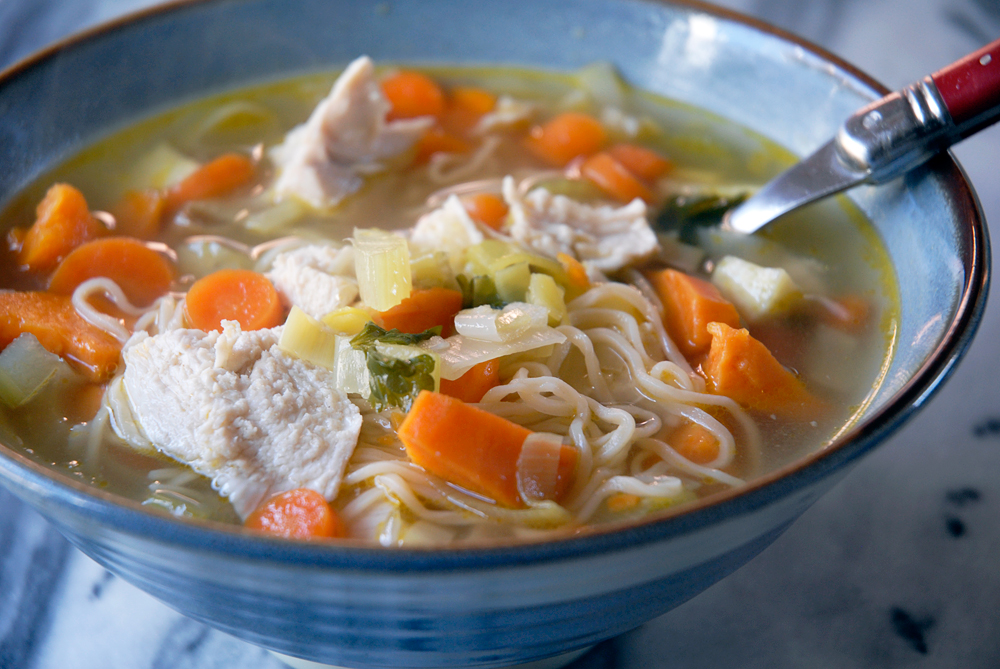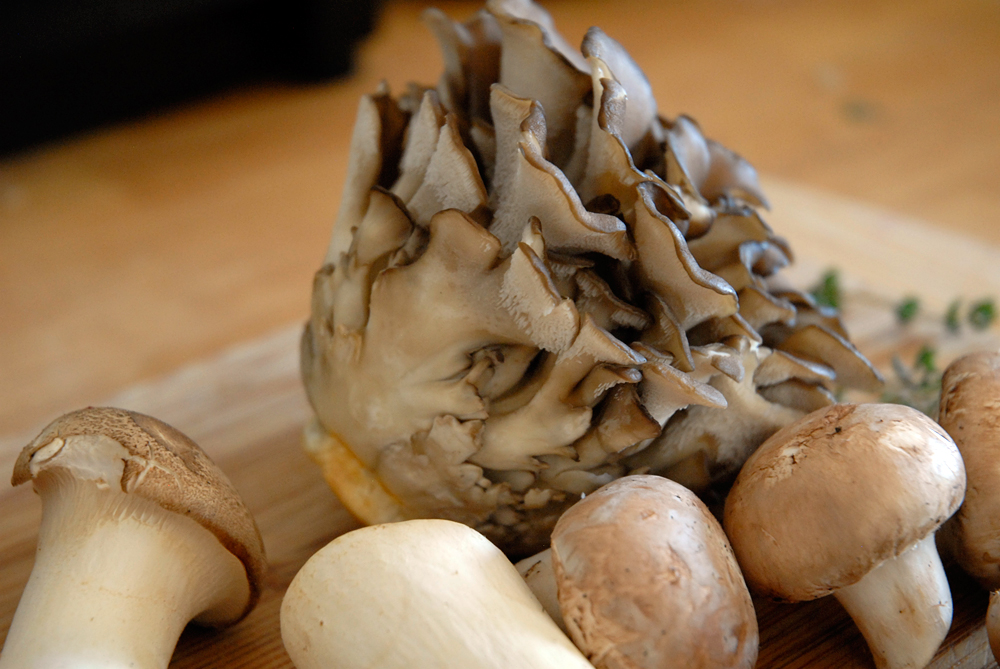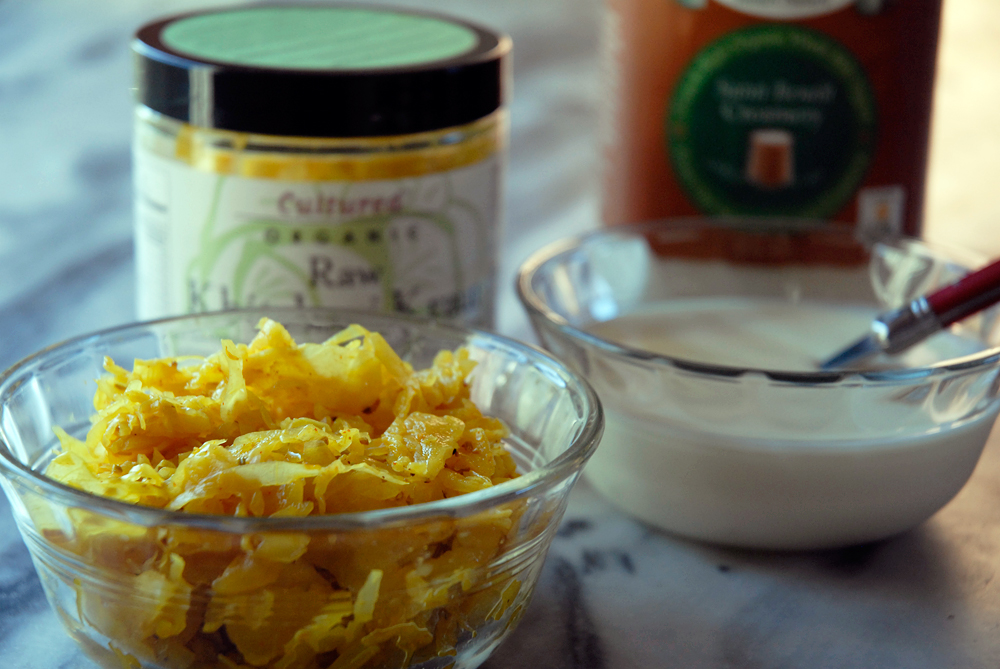Cold and flu season is upon us and as the old adage goes, “An ounce of prevention is worth a pound of cure.” We all know that it is much better to avoid getting sick than to try to shake a bug once it has taken hold. Unfortunately, even with the best personal hygiene, such as frequent hand washing, it can be difficult to avoid germs. That is why it is so important to have a strong immune system.
The immune system is made up of cells and proteins that fight off foreign invaders like viruses and bacteria and prevent infection. These cells work together as a team and they have a long memory. Ideally this coordinated defense prevents an illness before it takes hold. But even if you do get sick, the immune system remembers the virus and can fight it off more effectively in the future. Luckily for us, diet has a big impact on immune function, and optimizing nutrition is one of the most important things we can do to boost our defenses.
Here are five foods or food groups that benefit the immune system.

Chicken soup and other foods high in protein
Grandma was right, high quality complete proteins are essential for the immune system to function. The truth is that all of our immune cells and antibodies are made up primarily of proteins. When we don’t get enough dietary protein or we are unable to absorb the protein from our diets the immune system suffers. The nice thing about chicken soup is that it is both a complete protein, meaning that it contains all of the essential amino acids, and it is easy to digest because the meat has been cooked until it is soft and falling apart. However vegetarians and chicken soup haters need not despair, all high protein foods are helpful. Meat, eggs and beans are also good sources.

Medicinal mushrooms
Many medicinal mushrooms are also edible and delicious. They can be sauté roasted and added to soups or gravies, but they should not be eaten raw. Shiitake and Maitake mushrooms are commonly available at stores and farmers markets around the Bay Area. These fungi are immune super foods with properties ranging from increasing white blood cell numbers to supporting anticancer effects. Most people agree that the medicinal components of these mushrooms are best absorbed when they are extracted in hot water. This means that soups or teas are the ideal way to eat them. In fact certain mushrooms like Reishi are so hard and woody that they cannot be eaten directly but are commonly simmered in broth and then removed. However they are prepared, mushrooms add both health benefits and a rich, savory flavor to any dish.

Tangerines, kiwis and other foods high in vitamin C
Vitamin C is a powerful immune tonic. It increases white blood cell numbers and improves the function of these important immune cells.

